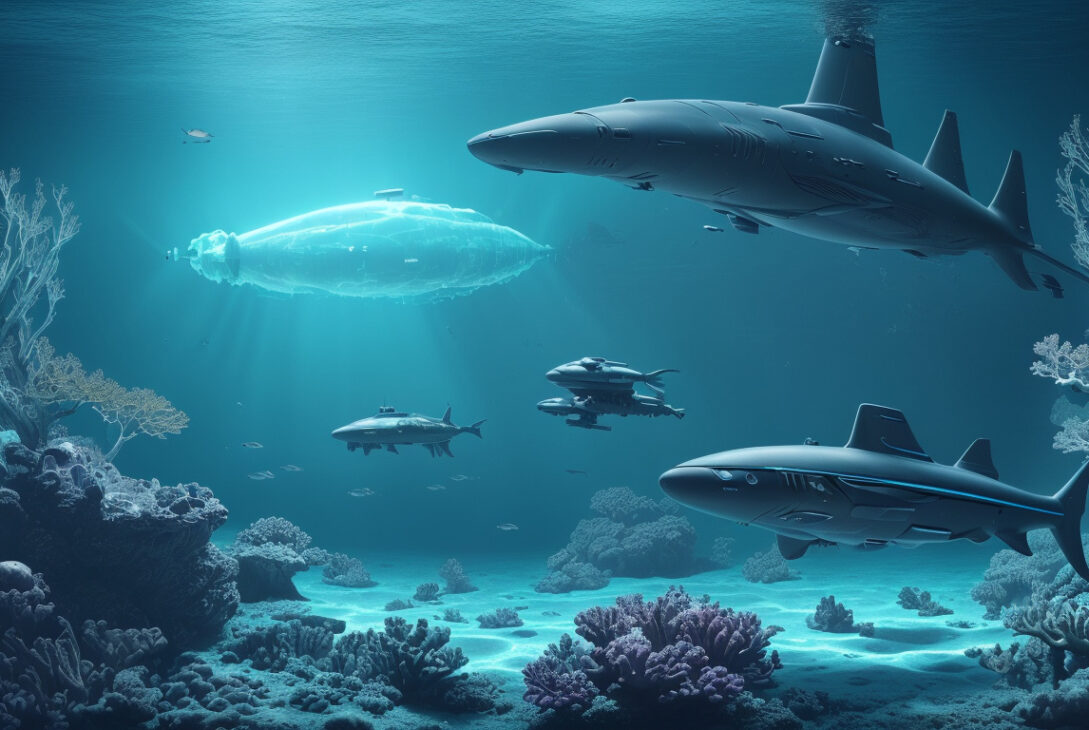Billion-Dollar Coffins? Emerging Technologies Could Expose Australia’s Aukus Nuclear Submarines
By Ben Doherty
Published: September 13, 2025 | Last modified: September 15, 2025
Australia’s ambitious investment of nearly $368 billion into the Aukus nuclear-powered submarine fleet—hailed as “the apex predator of the oceans”—may face unprecedented vulnerabilities as rapidly advancing technologies threaten to make the once opaque oceans highly transparent. These developments could fundamentally alter Australia’s defense strategy and raise urgent questions about the viability of its multimillion-dollar underwater fleet in coming decades.
The Apex Predator of the Oceans – For How Much Longer?
For decades, nuclear submarines have been considered the ultimate underwater weapon—virtually undetectable and capable of delivering devastating strikes while remaining hidden beneath the waves. Australia’s forthcoming Aukus fleet, developed in partnership with the UK and the US, promises speed, stealth, and formidable firepower.
Jonathan Mead, head of the Australian Submarine Agency, previously described these vessels as the dominant predators of the oceans. However, with new technologies advancing at a rapid pace, that dominance may soon wane. Experts warn that these submarines could become “billion-dollar coffins,” unable to evade detection and potential attack.
Innovations Threatening Underwater Stealth
A range of emerging detection technologies under development—many originating from China, whose rising maritime capabilities partially prompted the Aukus alliance—are steadily shrinking the vast underwater concealment once enjoyed by submersibles:
-
Advanced Sonar Arrays: Expansive and highly sensitive networks capable of picking up the faintest underwater noises.
-
Quantum Sensing: Devices detecting minuscule environmental disturbances at the atomic level, enhancing precision in submarine tracking.
-
Satellite Tracking: Improved satellites equipped to identify subtle ocean surface changes and disturbances caused by submarines beneath.
-
Magnetometers: Instruments sensing slight fluctuations in Earth’s magnetic field generated by metallic submarines moving underwater.
-
Artificial Intelligence (AI): AI algorithms process enormous datasets in real time, detecting patterns and connections invisible to human analysts.
Recent reports highlight dramatic improvements in magnetic detection capabilities. Researchers at Shanghai Jiao Tong University developed seabed sensors to detect electromagnetic waves from submarine propellers at distances nearly ten times greater than before—up to 20 kilometers. Similarly, Xi’an scientists unveiled airborne magnetometers capable of tracking a submarine’s magnetic wake persistently.
The Arms Race Beneath the Waves
This underwater arms race is accelerating. Both sides are not only enhancing detection but also developing sophisticated countermeasures:
- Application of anechoic tiles to absorb or confuse sonar signals.
- Advanced cooling systems to minimize heat signatures detected by thermal imaging and infrared satellite sensors.
- Degaussing technologies reducing magnetic footprints.
- Use of pump-jet propulsors to reduce noise and water disturbance.
Dr. Anne-Marie Grisogono of Flinders University, co-author of the 2020 report Transparent Oceans, argues that while submarines are likely to become more detectable over the coming decades, the race is complex and continuous. She warns it may be only a matter of time—whether in the 2050s or sooner—before these “invisible” underwater leviathans become targets easily located and tracked.
Implications for Australia’s Defense Investment
Australia plans to acquire between three and five Virginia-class US submarines starting from 2032, subsequently building up to eight domestically manufactured Aukus subs by the 2060s. Each vessel has an anticipated operational lifespan of about 30 years. The program also entails significant responsibilities for nuclear waste management due to spent fuel and high-level waste associated with the subs’ nuclear reactors.
Given the exorbitant costs and potential obsolescence risks, critics argue for a strategic re-evaluation. Could a better and more cost-effective defense posture be developed that anticipates the changing technological landscape? With the oceans potentially becoming less of a sanctuary for silent underwater operations, Australia’s massive Aukus investment faces an uncertain future.
Looking Ahead: Transparency of the Oceans
While the oceans will never be fully transparent everywhere, critical strategic corridors and shallow coastal waters may increasingly be subject to intense surveillance. This transparency challenges the foundational assumptions underpinning nuclear submarine deterrence and stealth.
Countries engaged in this high-stakes underwater technology contest will likely keep their most advanced detection capabilities secret, intensifying the stealth-versus-detection race.
As Australia advances into a future of quantum sensing, AI-powered data analysis, and satellite monitoring, the question remains: will its underwater apex predators remain supreme, or become vulnerable relics of another era?
Stay updated with the latest on this evolving defense story by following our Australia news live blog or subscribing to The Guardian’s breaking news email and daily news podcast.










